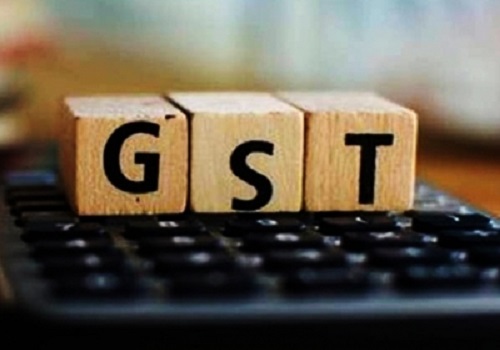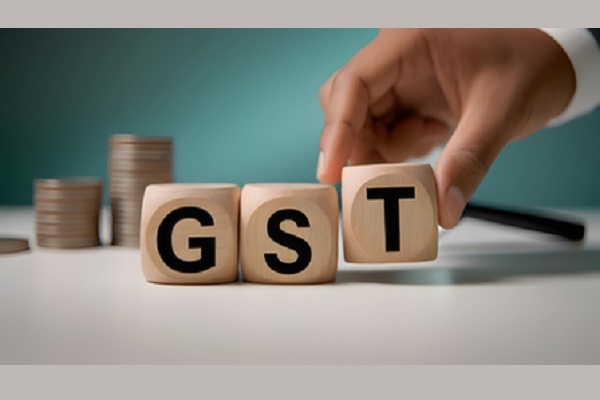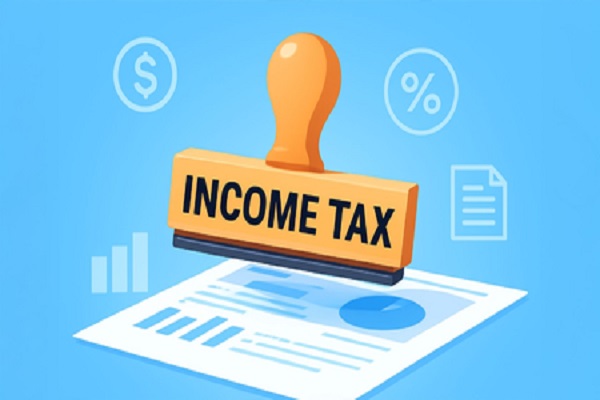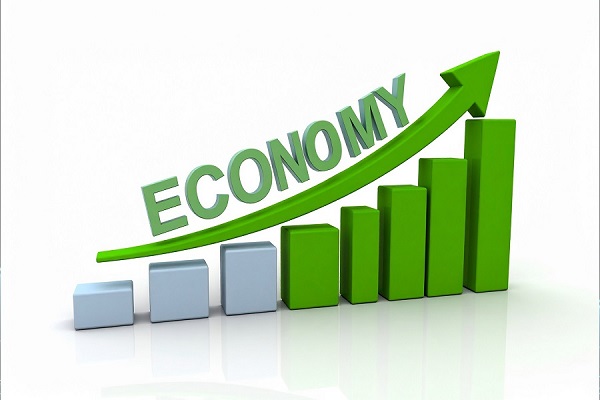US CPI Inflation : Calm before the storm by JM Financial Services Ltd

The deceleration in headline inflation was mainly on the back of moderation in “Housing” and “Energy” category. The impact of the incremental baseline tariffs in April month’s CPI print, would be cushioned by the sharp decline in Brent crude prices in April (-12.5%). We believe that the 90 day pause in implementation of reciprocal tariffs would spread out the inflationary impact over the year, eventually delaying Fed’s easing cycle. Markets are building in a recessionary scenario with expectation of 4 rate cuts in 2025, we are factoring in 2 rate cuts with a pause in May-25.
* Calm before the storm: Inflationary pressures moderated in US for the third consecutive month in Mar-25, however this moderation would be short lived as the impact of the incremental tariffs would start reflecting in the inflation print from next month (Apr-25). Headline inflation moderated to 2.4% in Mar-25 with a rare sequential deceleration of - 0.1% MoM, which was lower than the market expectations (2.5%, 0.1% MoM). Core inflation moderated to 2.8% with a sequential uptick of 0.1%, well within the market expectations of 3% and 0.3% MoM. Although fresh negotiations would bring down effective tariffs, the impact of the 10% baseline tariffs, 25% on steel and aluminium and 125% on China would exert upside pressure on prices going forward, considering imports form 53% of the consumption needs in US.
* Housing and Energy pulled headline lower: The deceleration in headline inflation was on the back of moderation in the housing category to 0.2% MoM vs 0.4% MoM in the previous month. Housing category’s 42% weight in the CPI basket acentuated its impact on the headline. Secondly, deflationary pressures in energy category were strong enough (-2.4% MoM) to create a drag on the headline, this is despite a 3.5% increase in Brent crude price in Mar-25. The 12.5% decline in Brent crude price in April (1st -10th Apr) should cushion the impact of tariffs next month. On a broad level, pricing pressures in core commodities eased (-0.1% MoM vs 0.2% MoM prior) while core services moderated to 0.1% MoM vs 0.3% MoM in the previous month.
* Trump’s “pause” stretches Fed’s easing cycle : The sequential deceleration in inflationary pressures in Mar-25 was on the back of moderation in “Housing” and “Energy” category, while we expect the impact of incremental baseline tariffs in April month’s CPI print, deflationary pressures in Brent crude should act as a cushion. Moreover the 90 day pause in implementation of incremental tariffs on non-retaliating partners would ensure that the impact of tariffs (on inflation) is spread out over the year. It is highly likely that the 40bps rise in benchmark yields (4.35%) in short span of 5 days would have led to the pause. Fed chair Powell indicated that the Fed is well positioned to wait untill greater clarity emerges. We believe that Trump’s tariff strategy would ensure that a recession is avoided, but a slowdown is a given, as reflected in Fed Atlanta’s nowcast. Hence we expect a delay in Fed’s easing cycle considering Powell’s expectation of the “transitory” impact of tariffs on inflation. Markets are building in a recessionary scenario while expecting 4 rate cuts in 2025. Considering that the threatening phase is over and now countries would re-negotiate bilateral deals with US, we expect a pause in May-25, with 2 rate cuts in 2025.
Please refer disclaimer at https://www.jmfl.com/disclaimer
SEBI Registration Number is INM000010361
























